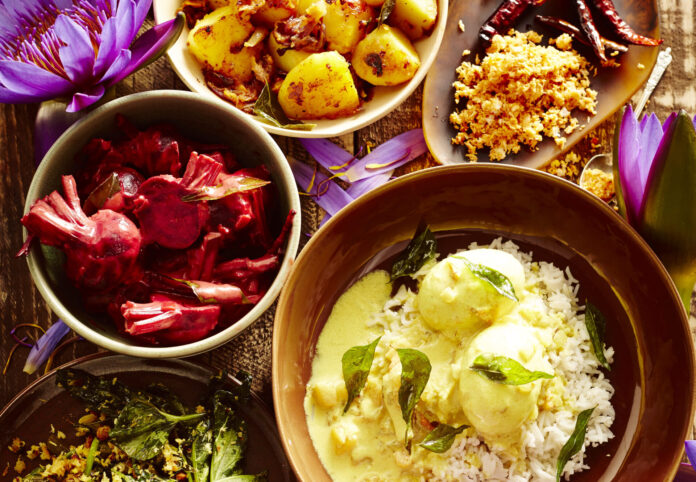Discovering Sri Lanka’s Food Trails for Solo Foodies and Group Gourmets
Frontpage Journal | Travel Insights
Sri Lanka’s cuisine is a rich tapestry of flavors shaped by centuries of trade, colonization, and cultural blending. For solo food lovers and groups eager to explore authentic tastes, the island offers a remarkable journey through bustling markets, family-run eateries, and vibrant street food scenes. Traveling the country’s food trails provides a delicious way to understand its people, history, and regional diversity.
Colombo, the capital, is a great starting point. The city’s lively food markets, such as Pettah Market, showcase an array of fresh produce, spices, and street snacks. Solo travelers can sample short eats like isso vade (prawn fritters) or kottu roti (chopped flatbread with vegetables and meat) from food stalls while chatting with vendors and fellow diners. Groups might enjoy organized food walks that explore hidden culinary gems, pairing flavorful bites with stories about Sri Lanka’s diverse ethnic communities.
Moving inland, Kandy offers a quieter but equally rich culinary scene. Here, traditional Kandyan recipes such as buffalo curry and red rice invite visitors to taste the heritage of the hill country. Small restaurants and tea estate cafés provide spaces where solo travelers can enjoy a peaceful meal, while groups might arrange cooking classes that teach how to prepare iconic dishes like pol sambol (coconut relish) and ambul thiyal (sour fish curry).
In the southern coast, Galle combines historic charm with fresh seafood delights. The Old Dutch Fort area is dotted with cafés and restaurants serving spicy crab, cuttlefish curry, and hoppers, fermented rice pancakes that are a local breakfast favorite. Food tours are popular for groups looking to combine history and gastronomy, while solo travelers can savor meals at beachfront shacks or interact with fishermen at the local markets.
For those seeking spice and tradition, the eastern region around Trincomalee and Batticaloa is a treasure trove. The coastal communities offer dishes with bold flavors, including crab and lobster curries cooked with freshly ground spices. Exploring these food trails offers travelers a sensory adventure, with the added benefit of discovering lesser-known villages and pristine beaches.
Farm-to-table experiences are also growing in popularity. Organic farms and spice gardens near Matale and Nuwara Eliya offer tours that combine educational visits with tastings of homegrown produce and herbal teas. Solo travelers often find these spots meditative and enriching, while groups appreciate the chance to connect with local growers and learn about sustainable agriculture.
Food safety and hygiene are important considerations, especially for travelers new to Sri Lankan cuisine. Choosing busy, well-reviewed eateries and drinking bottled water can reduce risks. Many tour operators now include culinary experiences that meet international health standards, making it easier for both solo and group travelers to enjoy without worry.
Sri Lanka’s food trails are more than just a series of meals; they are a gateway to the island’s culture, people, and landscape. For the solo foodie, every bite is an opportunity to connect deeply with place and tradition. For groups, shared meals become moments of joy and discovery. Together, these culinary journeys offer rich and flavorful stories that linger long after the last bite.




